

How Dogs Think
Inside the Canine Mind
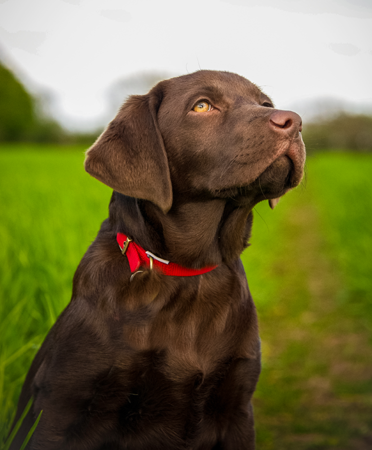
THE SMARTEST DOG IN THE WORLD
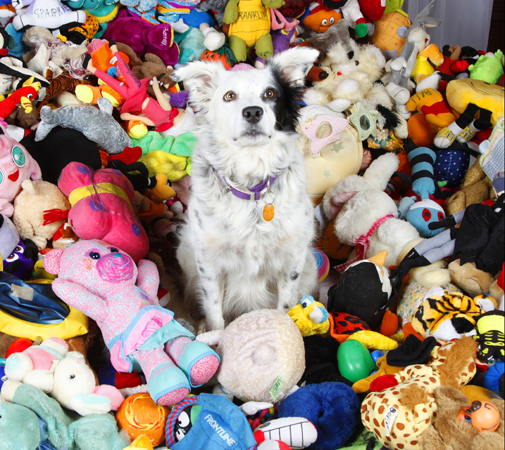
The dog does not live that could win a Nobel Prize, but if we grade on a cross-species curve, that doesnt mean there cant still be a canine Einstein. There can be, and there isand her name is Chaser, a 14-year-old border collie living in South Carolina with her owner, retired psychology professor John Pilley. Thanks to Pilleys patient tutelage, Chaser knows the names of 1,022 different objects, many of which are pictured above. She has also mastered a few verbs she can apply to those objects: nose it or paw it or get it. How remarkable is all that? Well, a 2-year-old human child typically understands only about 300 words. The child will quickly learn vastly more, of course. But no dog, for now at least, can keep up with Chaser.
Credits
Cover
kohncreative/iStock/Getty Images Plus
Title Page
rebeccaashworth/Shutterstockw
Contents
SensorSpot/Getty Images
Introduction
David Young-Wolff/Getty Images
Chapter 1
(clockwise from top left) Grove Pashley/Getty Images; JFCreative/Getty Images; Javier Brosch/Shutterstock; damedeeso/iStock/Getty Images Plus; shevvers/iStock/Getty Images Plus
Chapter 2
Photo by Molly WaldBest Friends Animal Society
Masthead/Credits
Victor Williams
Last Word
Chris Bott
Newsstand Endpapers
KeithBishop/Getty Images
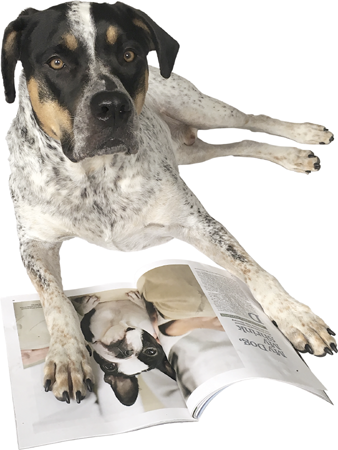
Hoku, 4, a bluetick coonhound mix from Brooklyn, is an avid reader of TIME books.
CONTENTS

 For more one-of-a-kind TIME special editions and keepsakes, go to timespecialeditions.com
For more one-of-a-kind TIME special editions and keepsakes, go to timespecialeditions.com
Parts of this edition appeared previously in TIME and Sports Illustrated.
Humans and Dogs: A Tale of Love
What began millennia ago as a personal-services contract between two dissimilar species turned into something much richer
BY JEFFREY KLUGER

You speak dog better than you think you do. You may not be fluent; that would require actually being a dog. But if you went to live in a dogs-only world, youd be pretty good at understanding what theyre saying. You can tell a nervous yip from a menacing growl, a bark that says hello from a bark that says get lost . You can read the body language that says happy, that says sad, that says tired, that says scared, that says Please, please, please play with me right now!
Think thats not a big deal? Then answer this: What does a happy bird look like? A sad lion? You dont know, but dog talk you get. And as with your first human language, you didnt even have to try to learn it. You grew up in a world in which dogs are everywhere and simply came to understand them.
That, by itself, says something about the bond that humans and dogs share. We live with cats, we work with horses, we hire cows for their milk and chickens for their eggs and pay them with foodunless we kill them and eat them instead. Our lives are entangled with those of other species, but we could disentangle if we wanted. With dogs, things are different. Our world and their world swirled together long ago like two different shades of paint. Once youve achieved a commingled orange, youre never going back to red and yellow.
But why is that? Its not enough to say that the relationship is symbioticthat dogs hunt for us and herd for us and we keep them warm and fed in return. Sharks and remora fish struck a similarly symbiotic deal, with the remora cleaning parasites from the sharks skin and getting to help itself to scraps from the sharks kills as its pay. That underwater deal is entirely transactional; love plays no part. Humans and dogs, by contrast, adore each other.
The relationship beganwell, nobody knows exactly when it began. The earliest remains of humans and dogs interred together date to 14,000 years ago, but there are some unconfirmed finds that are said to be more than twice as old. The larger point is the meaning of the discoveries: we lived with dogs and then chose to be buried with them. Imagine that.
It was only by the tiniest bit of genetic chance that our cross-species union was forged at all. Dogs and wolves share 99.9% of their mitochondrial DNAthe DNA thats passed down by the mother alonewhich makes the two species nearly indistinguishable. But elsewhere in the genome, there are a few genetic scraps that make a powerful difference. On chromosome six in particular, investigators have found three genes that code for hyper-sociabilityand they are in the same spot as similar genes linked to similar sweetness in humans.
Our ancestors didnt know what genes were many millennia ago, but they did know that every now and then, one or two of the midsize scavengers with the long muzzles that came nosing around their campfires would gaze at them with a certain attentiveness, a certain loving neediness, and that it was awfully hard to resist them. So they welcomed those few in from the cold and eventually came to call them dogs, while the animals close kin that didnt pull the good genesthe ones we would come to call wolves or jackals or coyotes or dingoeswould be left to make their way in the state of nature in which they were born.
When humans ourselves left the state of nature, our alliance with dogs might well have been dissolved. If you didnt need a working dogand fewer and fewer people didthe ledger went out of balance. We kept paying dogs their food-and-shelter salary, but we got little that was tangible in return. Never mind, though; by then we were smitten.
Our language reflected how love-drunk wed gotten: the word puppy is thought to have been adapted from the French poupe , or dollan object on which we lavish irrational affection. Our folk stories were populated by dogs: the Africans spoke of Rukuba, the dog who brought us fire; the Welsh told the tale of the faithful hound Gelert, who saved a princes baby from a wolf. Aristocrats took to including the family dog in family portraits. Wealthy eccentrics took to including dogs in their wills.
Today, at least in areas populated by humans, dogs are the planets most abundant terrestrial carnivore. There are about 900 million of them worldwide, just shy of 80 million of whom live in the U.S. alone. The single species that is the domestic dog Canis lupus familiaris has been subdivided into hundreds of breeds, selected for size or temperament or color or cuteness.
The average American dog owner spends more than $2,000 a year on food, toys, medical care and more, and some people would be prepared to pay a much higher, much dearer price. When Hurricane Katrina struck New Orleans in 2005, so many people refused to evacuate without their dogs that Congress passed a law requiring disaster preparedness plans to make accommodations for pets.
Next page
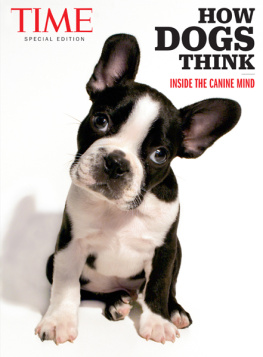






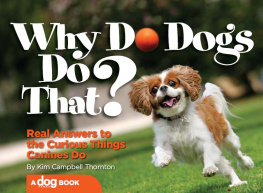
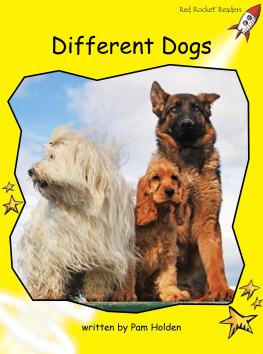
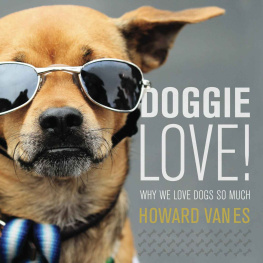
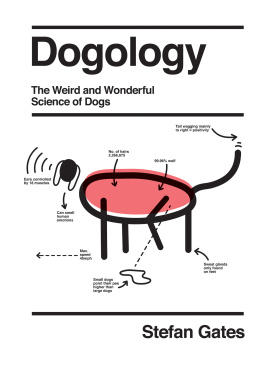
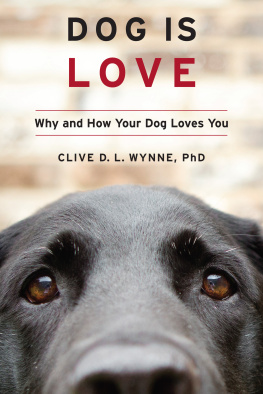

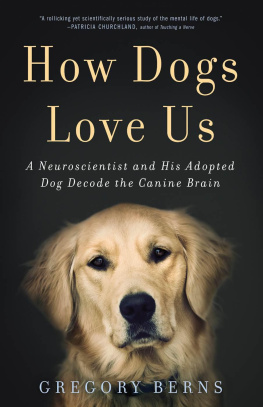
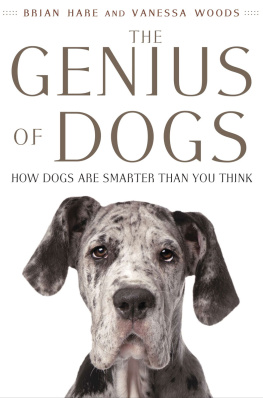






 For more one-of-a-kind TIME special editions and keepsakes, go to timespecialeditions.com
For more one-of-a-kind TIME special editions and keepsakes, go to timespecialeditions.com